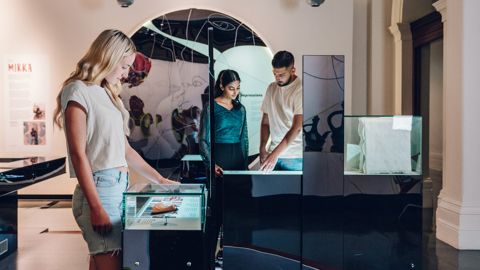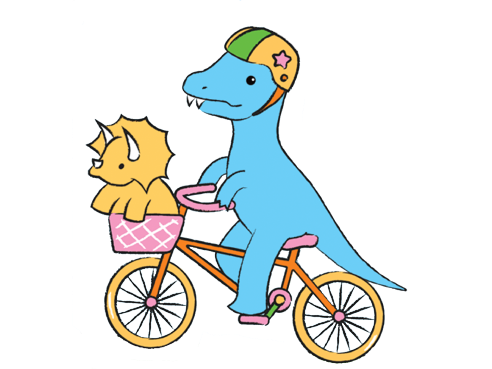What bird is that?
Sourdough baking. Puzzles. Writing to pen pals.
These are just some of the hobbies undertaken by millions of people during lockdown to combat the spread of coronavirus this year.
Another such hobby is one that can be done from your balcony, backyard or in the wide open spaces many of us have embraced: birdwatching!
According to The Age, bird sightings have increased tenfold recently, perhaps because we’re actively looking out for them but also because we’ve been inside more and thus aren’t scaring them off.
If birdwatching sounds like a hobby you’d like to continue—or pick up—as we move towards COVID-normal, Museums Victoria has some resources for you. Our library (the manager of which, Hayley Webster, is interviewed above) has digitised many important ornithology books, such as Descriptive Catalogue of the Nests and Eggs of Birds found in Australia and Tasmania by Alfred John North, A Synopsis of the Birds of Australia by John Gould (who is featured in the Darwin to DNA exhibition at Melbourne Museum, which is soon to close ) and, for our Premier state members, A Natural History of The Birds of New South Wales by John Lewin, the second edition of which is regarded to be the first illustrated book published in Australia. All of these 1800s tomes can be found in the Museums Victoria Library Collection on the Biodiversity Heritage Library.
More recently—if you consider the 1930s recent!—What Bird Is That? by Neville W. Caley was so popular during the beginning of the 20th century that subsequent editions were published up until the 1990s. The more things change…
Juggling binoculars with cumbersome books isn’t really accessible these days, so Museums Victoria has created the up to date Field Guide to Victorian Fauna app, downloadable for iOS and Android devices, which fits right in your pocket! You might even spot some other Australian wildlife on your bird watching expedition.
As summer approaches it’s still important to consider birds and other wildlife, especially in anticipation of bushfire season and more scorching hot days. If you can, leave containers of fresh water out, with rocks and sticks in them so birds can perch while they drink, clean themselves or just cool off. This is not to mention the importance of keeping ourselves hydrated and protected from the sun, birdwatching or non.
And while it might be nearing the end of spring, still keep an eye on those errant magpies swooping every now and then. They particularly enjoy swooping my dog at the park (though I think it’s for fun more than protecting their nest)!






